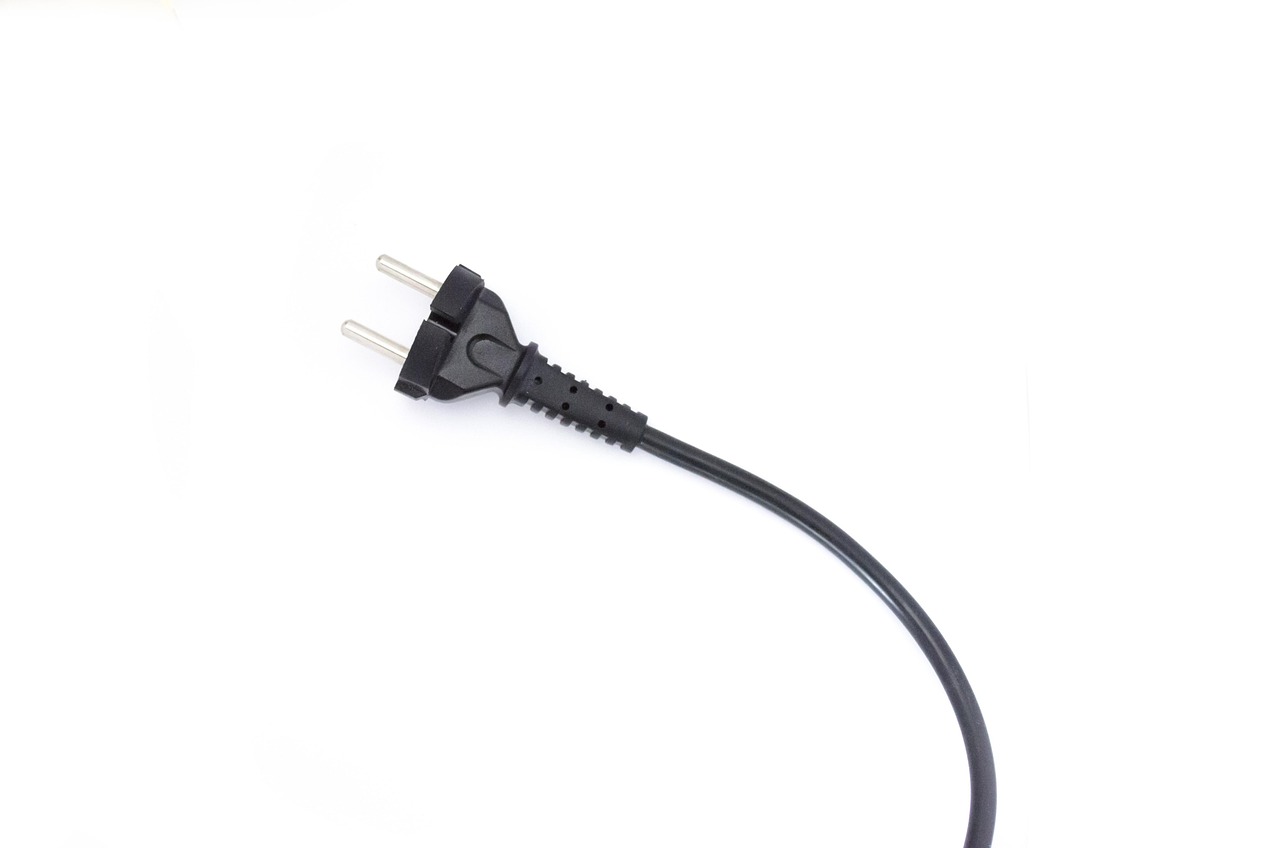Revisiting the Wankel Engine: Rotary Power in the Modern Era
Riding on the tides of automotive history, there lies a technology that once promised to revolutionize the industry. The Wankel engine, with its unique rotary design, promised a smoother and more efficient power source for vehicles. Yet, it faded into the annals of automotive history. Today, let's revisit the Wankel engine, examining its rise, fall, and potential resurgence in the context of modern automotive trends.

The Wankel Engine: A Historical Overview
The Wankel engine, also known as the rotary engine, was first conceived by German engineer Felix Wankel in the 1950s. Unlike conventional piston engines that convert linear piston motion into rotational motion, the Wankel engine utilizes a triangular rotor that orbits around the engine’s center, creating a rotating motion. This unique design promised a smoother, quieter, and more compact power output than its piston counterparts.
However, despite its innovative design, the Wankel engine was not without its challenges. High fuel consumption, emissions issues, and rotor seal reliability problems plagued the technology. Despite being adopted by manufacturers like Mazda, by the 1980s, the Wankel engine had largely been abandoned by the automotive industry.
Current Industry Trends and the Wankel Engine
In the context of current industry trends, the Wankel engine seems like a relic of the past. However, recent developments suggest otherwise. As the industry moves towards smaller, more efficient engines, the compact and smooth nature of the Wankel design offers potential advantages.
Experts opine that advancements in materials technology could address the Wankel engine’s reliability issues. Modern, heat-resistant materials could improve the longevity and performance of the engine’s rotor seals. Moreover, with continuous advancements in fuel technology, the high consumption and emission issues of the Wankel engine could be mitigated.
Practical Applications of the Wankel Engine Today
Interestingly, the Wankel engine has found renewed interest in applications outside of the traditional automotive context. Due to its compact size and high power-to-weight ratio, the Wankel engine is being explored for use in drones and range-extender units for electric vehicles.
The Impact of the Wankel Engine Revival
If the Wankel engine does make a comeback, it could offer a fresh perspective on engine design and performance. Its unique rotary motion could provide a smooth and quiet operation, enhancing the driving experience. Moreover, its compact size could allow for more flexible vehicle design.
However, the resurgence of the Wankel engine also presents challenges. Its historical issues with fuel efficiency and emissions will need to be addressed, and the industry would need to adapt to this different engine design.
Looking Forward: The Future of the Wankel Engine
As we look to the future, the Wankel engine’s potential resurgence is a fascinating prospect. While it’s not yet clear whether the Wankel engine will make a full comeback, its unique design and potential advantages warrant continued exploration. As the automotive world continues to evolve, the Wankel engine serves as a reminder of the industry’s innovative past and its potential for future reinvention.
In conclusion, while the Wankel engine may be a historical footnote in the automotive industry, its unique design and the potential it offers for the future make it a topic well worth exploring. As we delve into the past, we may just find the keys to the future.





